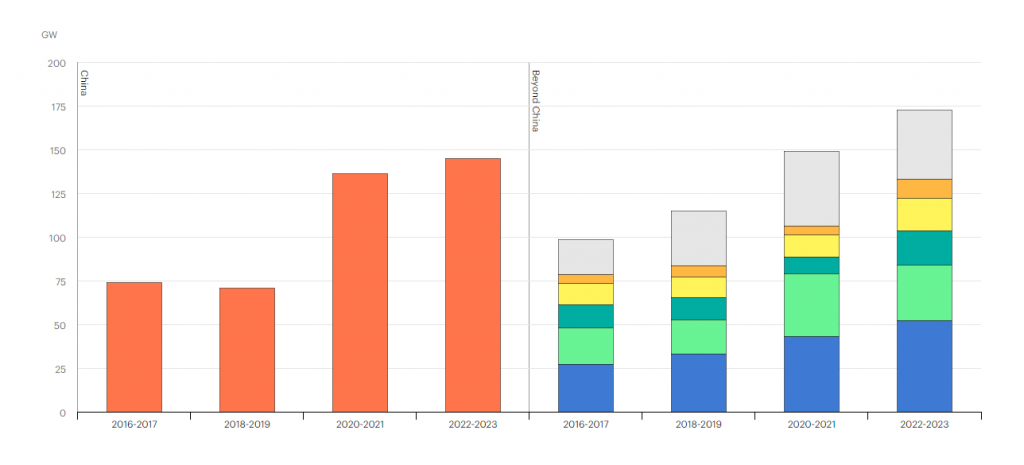Record-breaking rain has inundated the United Kingdom over the past few months, leaving fields submerged and livestock at risk.
The relentless downpours, likely exacerbated by climate change, are now threatening the very foundation of UK food production.
Challenges faced by farmers
UK farmers are facing the repercussions of extreme weather events. Fields that would normally be abundant with crops are currently waterlogged, making them barren. Livestock are also suffering, unable to graze in the inundated fields, leading to a shortage of feed. The circumstances are critical, prompting the National Farmers Union (NFU) to raise the alarm.
NFU’s concerns and calls for action
The NFU emphasizes that climate change-induced flooding imperils food security. Rachel Hallos, NFU vice president, warns that these extreme conditions could become the norm. Urgent action is needed to safeguard our agricultural systems.
- Compensation and Support: The NFU urges the government to provide more substantial compensation to flooded farmers. The recently launched Farm Recovery Fund offers grants, but broader and longer-term assistance is essential.
- Reduced Crop Output: Weeks of incessant rain have already impacted this year’s harvest. Crop quality may suffer, affecting both farmers and consumers.
- Resilience and Adaptation: We cannot rely solely on imports. A clear government plan is necessary to prepare for the potential effect of extreme weather, adapt to its effects, and ensure continued food production.
Voices from the fields – case study example
A recent report from a mixed dairy, beef, and arable farmer in Gloucester whose land lies in the floodplain reportedly said that floods occurred every six years, but now they occur with alarming frequency. Cattle, unable to graze, face dwindling feed supplies. Livelihoods hang in the balance.
The farmer went on to say, ‘climate change affects us all. It threatens our food supply and prices. We must think about resilience and feeding the world amidst a changing climate.’
Conclusion
Extreme flooding transcends a natural disaster; it poses a threat to our very sustenance. In the face of such challenges in the UK, it is imperative that farmers, policymakers, and communities collaborate.
Prompt action is essential to safeguard our food security and foster resilience for the future.
Building and farming on low-lying land, often on floodplains, is likely a big part of the problem, along with the potential effects of the ever-changing climate and weather patterns.
Safety valve
Low lying land has always flooded – isn’t it natures safety valve? We cohabit with nature and low-lying land, as good as it is for farming (and building), will always flood – as it has for thousands of years.
But we do need to do more to protect our food production in the UK.









































